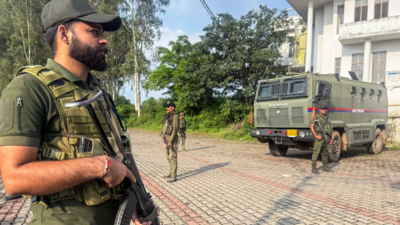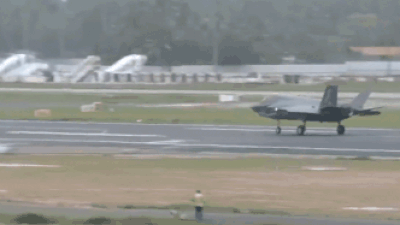NEW DELHI: The two busiest railway routes — Delhi-Mumbai and Delhi-Howrah — will be fully equipped with the anti-train collision system, Kavach, by March 2025 while an AI-based sensor system named “Gajraj” will be deployed on 700 km track across states in the next 7-8 months to prevent elephant deaths in rail accidents.
Railway minister Ashwini Vaishnaw said the AI-based intrusion detection system to prevent accidents involving elephants has been commissioned as a pilot project over a section of 60 to 70 kms by the Northeast Frontier Railway.“This is 99.5% error-free and works on pressure waves. This helps in detecting elephant movements near tracks, which helps the loco pilot to control his speed at least 200 metres before the point where the animal is crossing,” he said.
The Gajraj system is built to use the existing OFC cables as sensors to identify elephant movements near railway tracks and alert locations to station masters, loco pilots and control offices. A real-time alarm is generated when a movement is detected.
The minister said another 700 km of rail network will be covered under the Gajraj system across Assam, West Bengal, Odisha, Kerala, Jharkhand, Chhattisgarh and Tamil Nadu. This will cost around Rs 181 crore.
As per government data, 200 elephants died in the last 10 years in India and the majority of them were from West Bengal and Assam.
On the progress of Kavach, Vaishnaw said so far 1,659 km of railway line has been covered and an additional 500 km will be covered by March next year. In the next three years, at least 5,000 km will be covered.
Railway ministry officials said the Kavach system is in the process of getting the Safety Integrity Level 4 (SIL) certificate for the additional route targeted to be covered by March 2024. This is the highest level of safety standards in which the possibility of error is the least.
Vaishnaw said that the Indian railways aims to increase its Kavach installation capacity from 1,500 to 2,500 annually.












